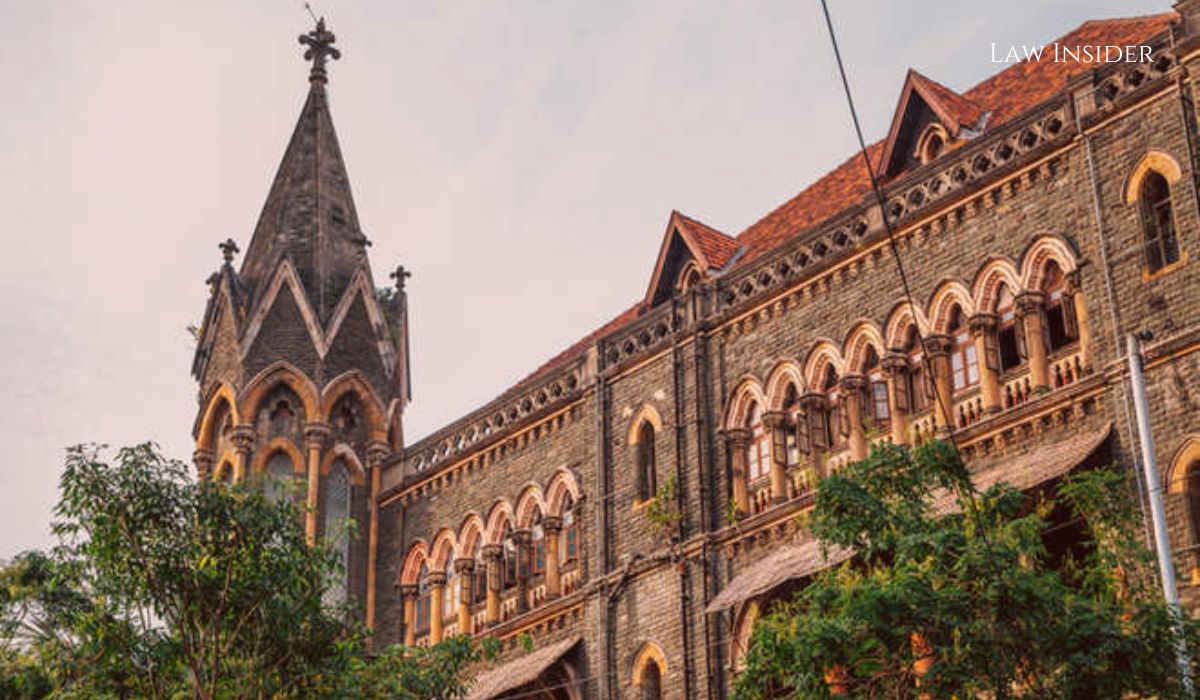LI Network
Published on: 15 August 2023 at 11:35 IST
The Bombay High Court has recently overturned the convictions of two accused individuals, acquitting them of charges under Sections 302 and 201 read with Section 34 of the Indian Penal Code.
The court highlighted the principle that strict proof is required when there is penal liability.
A Division Bench comprising Justice Vibha Kankanwadi and Justice Abhay S. Waghwase observed that the evidence presented by the prosecution did not establish the guilt of the accused beyond reasonable doubt.
The court emphasized that when penal liability is involved, a high standard of proof is necessary. The bench noted that the learned Trial Judge did not adequately consider these aspects, leading to the need for interference.
The appellants in the case were originally accused of offenses under Sections 302 and 201 read with Section 34 of the Indian Penal Code.
They were sentenced to life imprisonment based on their convictions, while another accused was acquitted.
The prosecution’s case relied on the discovery of the deceased’s body, subsequent investigations leading to the arrest of the accused, and the testimony of eighteen witnesses.
Advocates S. J. Salunke and Satej S. Jadhav represented the Appellants, while Advocate V. S. Choudhari represented the Respondents.
The appellants challenged the use of circumstantial evidence in the prosecution’s case. They raised concerns about the credibility of witnesses who claimed to have seen the accused with the deceased, pointing out issues with timing, documentation, and the reliability of the test identification parade.
The appellants also questioned the sufficiency of medical evidence suggesting a homicidal death and criticized the value of certain witness testimonies.
Moreover, the appellants contested the use of a weapon recovery based on a disclosure statement under Section 27 of the Indian Evidence Act, asserting that it was weak evidence and should not have been relied upon for conviction.
The Assistant Public Prosecutor (APP) opposed the appeals, arguing that the evidence, including testimonies, CCTV footage, and medical evidence, supported the prosecution’s case and the convictions of the appellants.
The High Court examined the case in light of established legal principles, such as the criteria outlined in Sharad Birdhichand Sarda v. State of Maharashtra (1984), which emphasized that circumstantial evidence must strongly point towards the accused’s guilt. The court highlighted the necessity of a complete chain of circumstances that lead to the accused’s guilt, leaving no room for doubt.
The High Court also discussed the “last seen” theory and the need to establish a short time gap between the accused and the deceased being last seen together and the discovery of the deceased’s body.
After reviewing the evidence, the High Court concluded that the prosecution had not convincingly proven the guilt of the appellants beyond reasonable doubt.
The court found inconsistencies in witness testimonies, gaps in the investigation, and an absence of a clear motive for the crime.
The High Court determined that the evidence did not meet the stringent standard required in cases based on circumstantial evidence.
Based on these considerations, the High Court allowed the appeals, acquitting the appellants of the charges under Sections 302 and 201 read with Section 34 of the Indian Penal Code.
The court ordered the refund of fines and clarified the disposition of property involved in the crime. Unless required in other cases, the appellants were to be set free.

